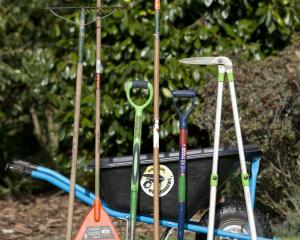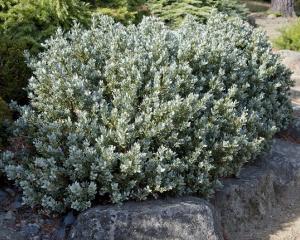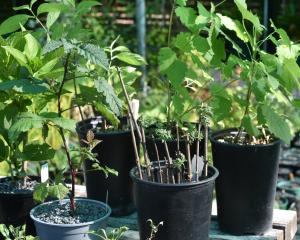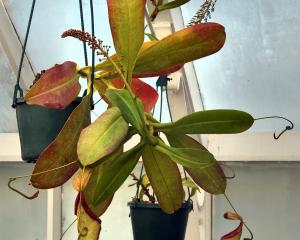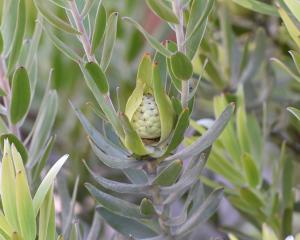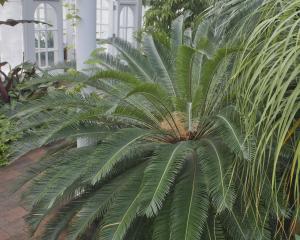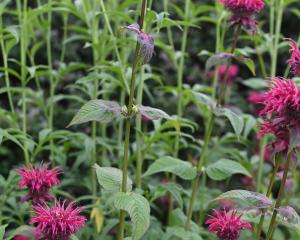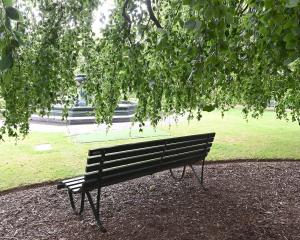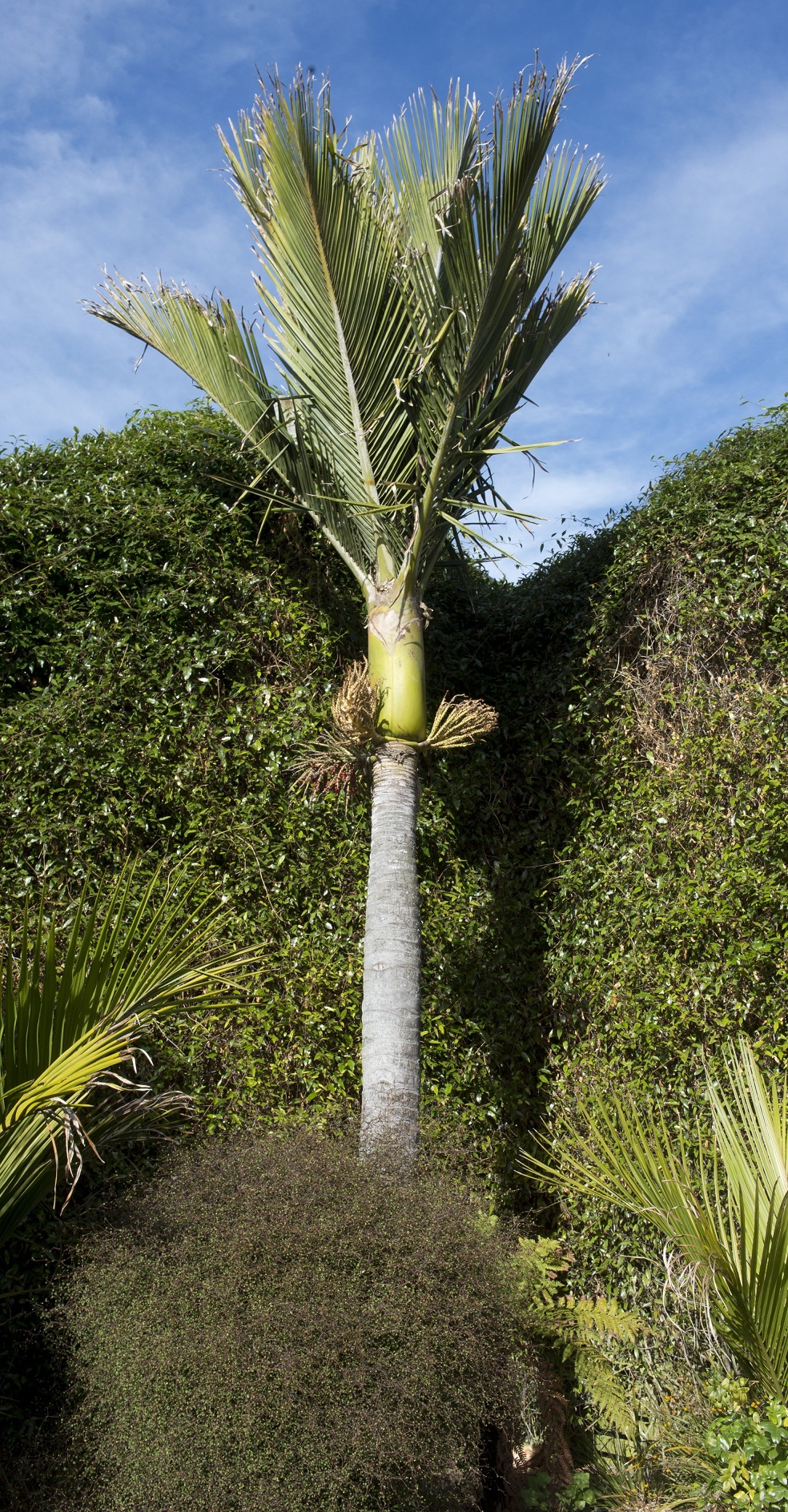
Yet New Zealand’s isles are home to the world’s southernmost palm, a survivor from the Miocene period some 20 million years ago.
Rhopalostylis sapida, or nīkau as it is more commonly called, is one of around 2600 species belonging to the Arecaceace family.
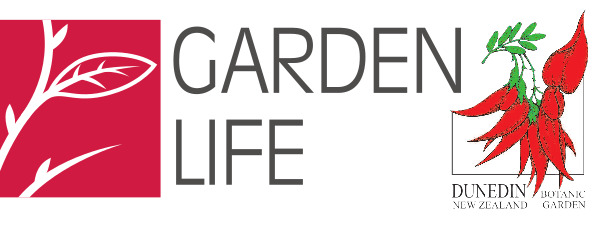
Fronds were used by Māori to weave baskets, mats, hats, and thatching roofs and were even used for cooking, and wrapping food.
Very slow-growing, they can reach heights of between 9-15m. They do best in shadier positions, bearing pink/lilac flowers in November-April; insects, tūī, bellbirds and silvereyes are attracted to the nectar. Orange or red fruit appear from February-November.
The fruits are an important food source for birds, and are especially favoured by kererū and kākā, which subsequently disperse the seed.
Nīkau are endemic to New Zealand, occurring naturally on both North and South Islands, but only southwards towards Okarito on the west coast, Banks Peninsula to the east and Chatham Islands, inhabiting coastal, lowland forests and river valleys.
Nīkau palms from the Chatham Islands vary from mainland New Zealand, with broader leaflets and a faster growth rate. The Chatham variant has become a popular choice for home gardeners and landscapers because of its faster growth.
You can view mature specimens in the garden bed in front of the propagation unit, with younger plants found through the New Zealand Native Plant collection.
• Garden Life is produced by Dunedin Botanic Garden. For further information contact Neale McLanachan

